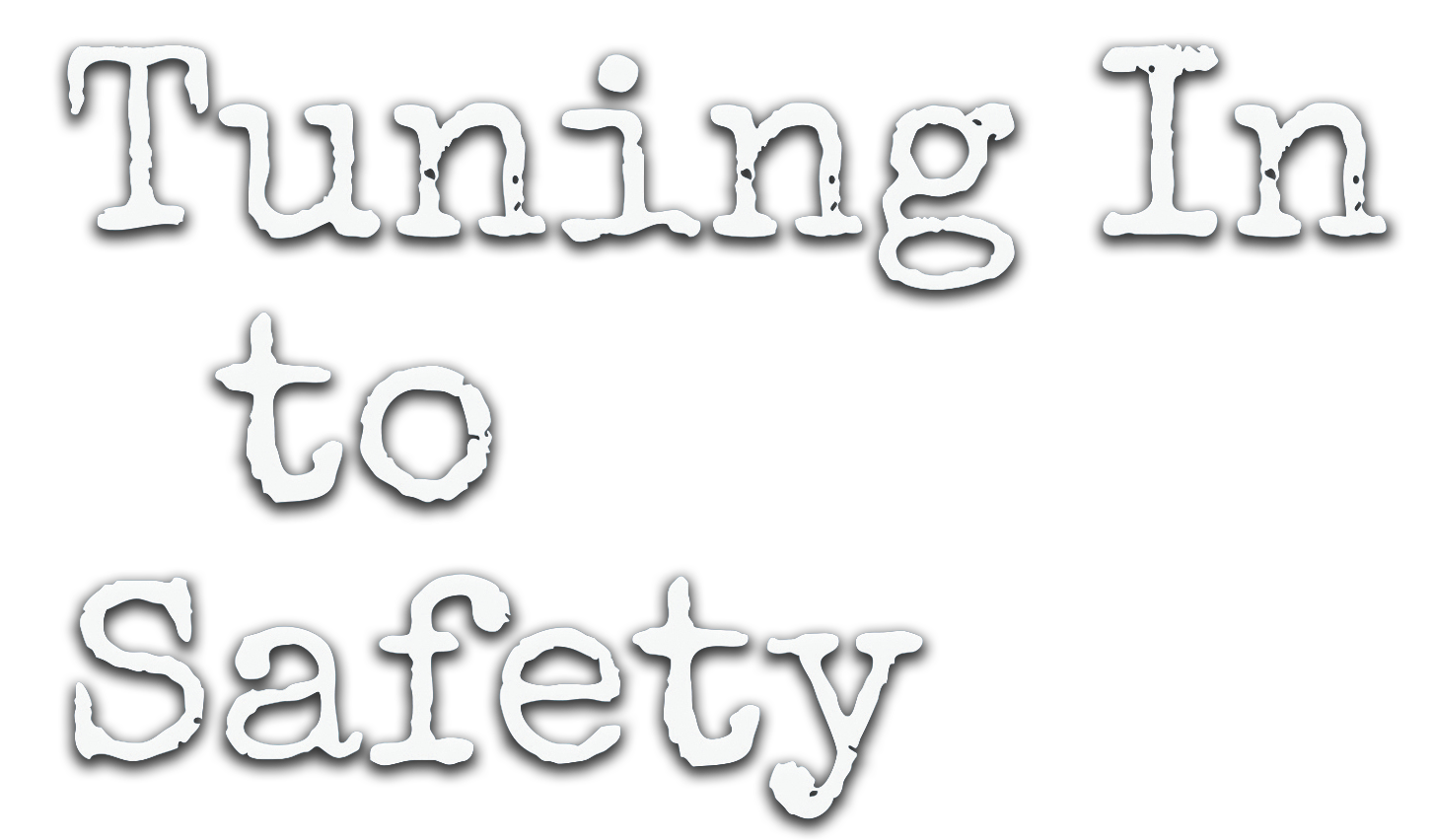What Are Your Safety Beliefs? - Part 1
This article was originally published in the May 2019 issue of Motor Age magazine.
What does it mean when a person says that they “believe” something? In my view, the term is often misused. I see the word “belief” as having deeper meaning than what society often allots to it. It is probably more accurate for a person to say “I think” or “I guess” rather than “I believe,” because the latter implies that you are certain of its truth. Our beliefs form the foundation of our view of the world, and act as our compass when we make decisions. Beliefs may even be important enough to an individual that they are willing to fight for them.
Some of our beliefs have been stated so many times that they can now be classified as platitudes. A platitude is a moral statement that has been overused to the extent that it has lost meaning. When we hear the same phrase, over and over, the effect is dulled and it doesn’t grab our attention any longer. Those beliefs (now platitudes) are still represented by a voice in our consciousness, but they are no longer dominant voices and can be easily overruled by other concerns.
Many of us would say that “Safety First” ranks among our personal beliefs. We often don’t give it a second thought when we say it or see it on a poster, because we have heard it innumerable times over the years and nobody seems to ever question it. However, while it seems to be the right thing to say, do we actually believe it and act on it?
Mike Rowe of TV’s Dirty Jobs fame has some interesting thoughts on the subject. Rowe has pronounced the idea of “Safety Third,” which immediately grabs his viewer’s attention. No matter how you interpret his statement, it causes you to stop and wonder who would have the nerve to say such a thing. Taken at face value, Rowe appears to be an unfeeling brute to say that any concern could be more important than safety.
My personal take on Rowe’s Safety Third declaration is that he is trying to get people to think about what they truly believe. And, he is absolutely correct when he says that Safety First has become a platitude that no longer has the desired effect on the listener or the person who utters it. Many of us have been conditioned out of believing that safety should be the dominant concern when we make decisions.
Our problem with the safety message is that it implies an investment, and to some extent, deferred gratification. As humans, we have certain traits that have always been and will never change, and one of those is our bent towards what I call “Faster Easier.” We analyze pretty much every task we perform in terms of how much time and effort it will require to get the job done. Decisions on the methods we will use are often made with the goal of reducing the personal investment required to complete the task. Risk can also be a factor in our decision making, but we tend to downplay the risk if we perceive there is a significant reward waiting for us.
This is where our beliefs come in to play, and unfortunately, many of us cling to beliefs that run counter to the safety message. Worse yet, these are the beliefs that tend to be reinforced by our inclination to Faster Easier. So, while the still, small voice of safety isn’t completely muted, it tends to be drowned out by the voices that advocate for getting the job done as quickly and easily as possible.
So, what are the beliefs that influence our decision making towards putting ourselves and our coworkers at risk? I would suggest that for many of us, these beliefs reside in our subconscious, only making themselves known when we are under pressure to get a task done. Let’s take a look at some common examples, and consider carefully whether we grant them safe harbor in our personal belief system.
Safety and production are two different things - The age-old struggle between production and safety will probably never go away. This is driven by our natural tendency to acquire a case of tunnel vision as we work. In the here and now, it can be enormously difficult to discipline oneself to see the bigger picture, which is that incidents are so expensive that safety has become a solid business decision. When I say incidents are expensive, I’m not just talking about the dollar value. The physical, emotional, and spiritual costs related to a workplace injury cannot be quantified in those terms.
An interesting aspect of this belief is how its voice gets louder as the work day progresses. As the worker draws closer to quitting time, their ability to objectively analyze risk diminishes. That, combined with the overvalued reward of getting home on time often leads workers to make bad safety decisions late in their shifts.
To view the remainder of this article, see “What Are Your Safety Beliefs? - Part 2”
For more information on these and other ideas regarding workplace safety, go to www.tuningintosafety.com. Tuning In to Safety is a book written for all employees in an organization, and is available on Amazon in paperback, eBook, and audiobook formats.

